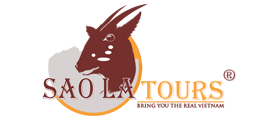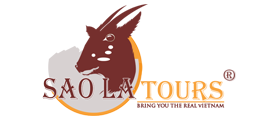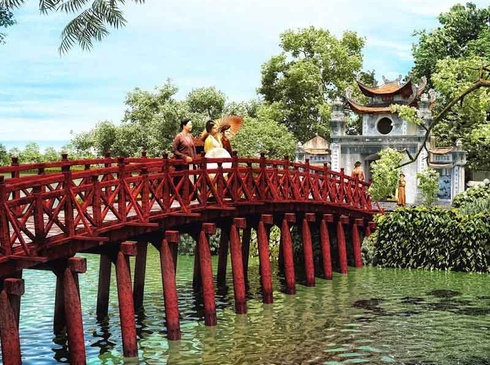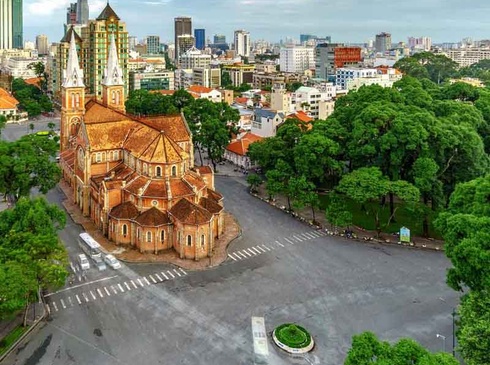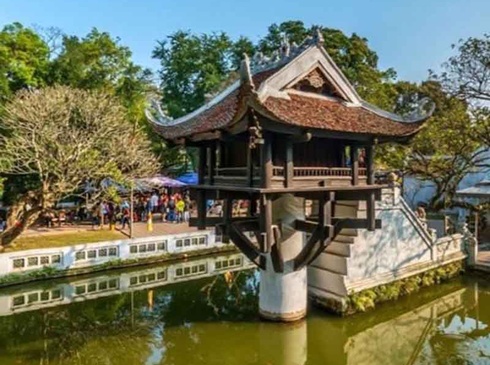The Mighty and Magnificent Mekong River
The Mekong River, one of the longest rivers in Southeast Asia, has a total length of approximately 4,900 km and flows through six countries - China, Myanmar, Laos, Thailand, Cambodia, and Vietnam. Spanning over vast areas, the river has influenced the culture and livelihood of millions of people living along its banks for thousands of years. The Mekong River is not only a remarkable geographic feature but also a vital source of life, food, and transport for millions of people. In this article, we will explore the fascinating history, geography, and ecology of the Mekong River, and its cultural and economic significance for the region.
.jpg)
The Mekong River begins in China and flows southward through Myanmar, Laos, Thailand, Cambodia, and Vietnam, before draining into the South China Sea. The river system is composed of the main Mekong River and its numerous tributaries and branches. The river basin is incredibly diverse, spanning from the icy mountains of Tibet to the tropical lowlands of the Mekong Delta in Vietnam. The river is also home to more than 1,200 species of fish, representing one of the world's most significant freshwater fisheries.
.jpg)
In addition to its ecological importance, the Mekong River is also a significant cultural and religious landmark for the people living along its banks. The river is known as the "Mother of Waters" to the people of Myanmar, the "Nine Dragons" to the Vietnamese, and the "Khong" to the Laotians. The river has shaped the history and identity of the region, connecting different ethnic groups, and influencing the development of centralized states. The ancient civilization of the Khmer Empire, which flourished in Cambodia from the 9th to the 15th century, depended on the river for irrigation and transportation.
The Mekong River is also an essential economic resource for the region, supporting millions of people who rely on the river and its tributaries for fishing, agriculture, and hydropower generation. The Lower Mekong River Basin, which encompasses Cambodia, Laos, Thailand, and Vietnam, is home to over 60 million people, a significant proportion of whom are subsistence farmers and fishermen. The river is an essential source of food, providing over 80% of the protein intake for the people living along its banks.
.jpg)
The Mekong River is facing several environmental challenges, including habitat loss, overfishing, pollution, and upstream hydropower development. The rapid increase in hydropower development, primarily in China and Laos, is threatening the ecological integrity of the river. The construction of large dams impacts fisheries, floodplains, and other ecosystems habitats, reducing biodiversity and harming fish populations. This development also has social and economic consequences, including displacement of local communities and loss of livelihoods.
Conclusion:
The Mekong River is a unique and valuable resource for Southeast Asia, providing vital ecological services, cultural heritage, and economic opportunities for over 60 million people living along its banks. However, the river is facing several environmental challenges, and we must take swift action to ensure the river's long-term health and well-being. Through collaboration, policy-making, and community engagement, we can ensure that the Mighty Mekong continues to provide for generations to come.
